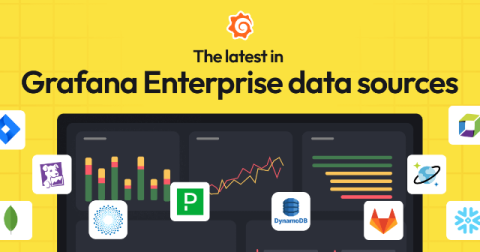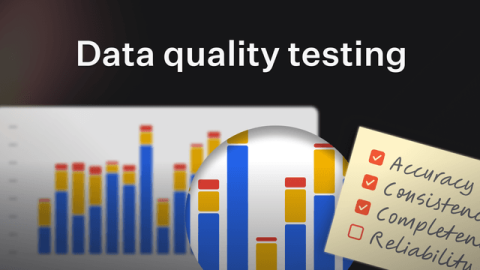DevOps Incident Management: Streamline Your Processes for Resolution
In the world of DevOps, where development and operations blend seamlessly, incidents are bound to happen. But the way these incidents are managed can make all the difference. Imagine a high-stakes race where every second counts—this is what DevOps Incident Management feels like. It's not just about putting out fires; it's about learning from each one to prevent future flare-ups.











